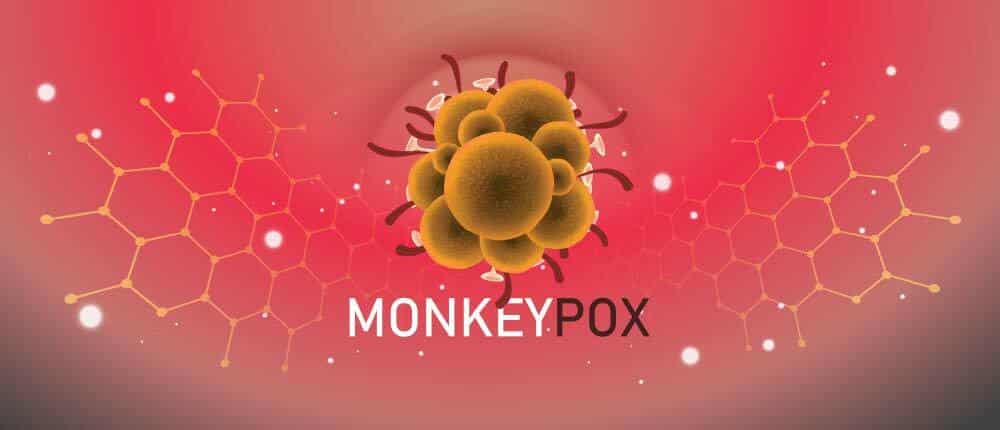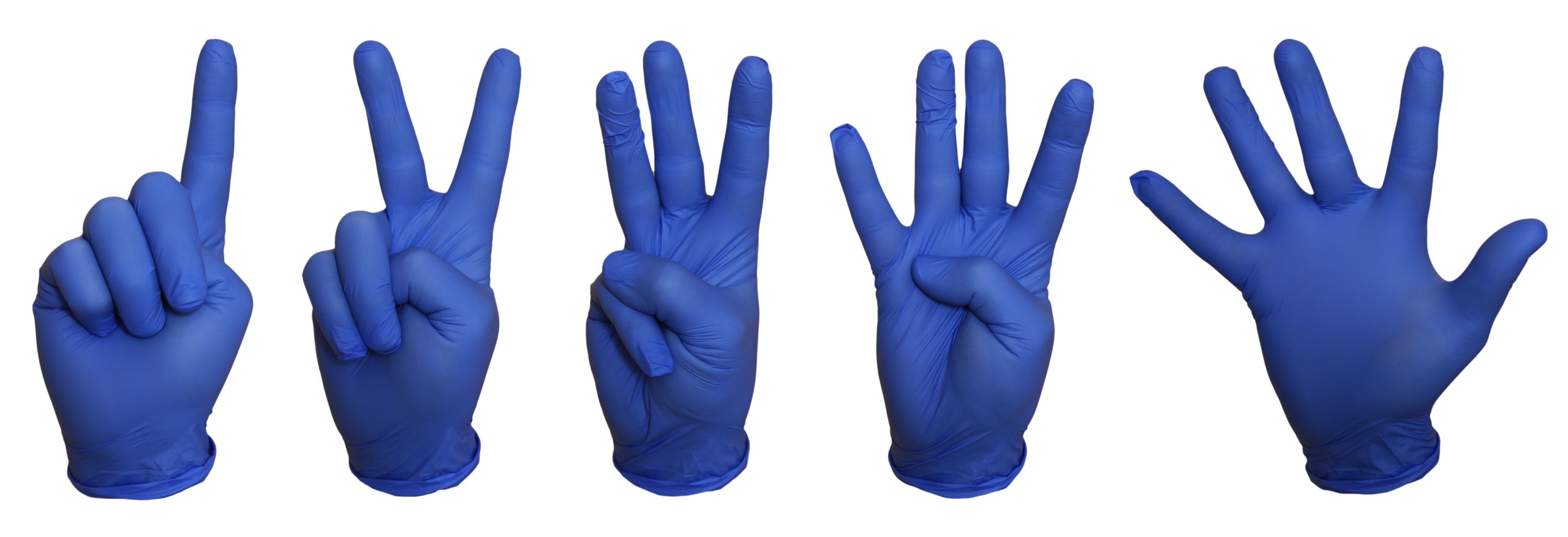In the United States, the Monkeypox outbreak has developed quickly. The country had just 500 cases at the beginning of July, but that number has skyrocketed to over 22,000 cases. Confusion about the virus, how it spreads and who is now at risk for infection has led to a number of myths and misunderstandings.
Is Monkeypox is a sexually transmitted disease?
According to the CDC, the primary way Monkeypox spreads is “through close or intimate contact” that includes:
- Direct contact with Monkeypox rash, scabs, or body fluids from a person with Monkeypox.
- Touching objects, fabrics (clothing, bedding, or towels), and surfaces that have been used by someone with Monkeypox.
- Contact with respiratory secretions.
Sexual intercourse is a popular method for transmitting Monkeypox. The World Health Organization (WHO) conducted a study of more than 3,900 infected individuals, and they discovered that “about 90% of them contracted the disease through a sexual encounter.”
What are the chances of contracting Monkeypox through non-sexual means?
The WHO estimated that 0.2% of those affected in this outbreak acquired the virus from a contaminated surface. This is quite common among those who live with someone who has contracted Monkeypox since they’re in close proximity to shared items.
The WHO estimated that 0.2% of those affected in this outbreak acquired the virus from a contaminated surface. This is quite common among those who live with someone who has contracted Monkeypox since they’re in close proximity to shared items (bedding, utensils, towels).
It often takes hours of contact with infected surfaces or breathing in particles to become infected. You can contract the virus if there is extended exposure to the infected surface, if you have exposure to a significant amount of virus, or if you strongly rub against the skin or mucous membranes of the infected individual.
Do we know when a person is contagious and most likely to transmit the disease?
The disease’s progression can occur in one of three phases, according to the Centers for Disease Control and Prevention:
- The time of incubation: When someone is infected but not yet ill, this is what happens. At this time, it is unclear if infected individuals are contagious.
- Flu-like symptoms: Some people begin to feel queasy. Perhaps they have a headache. They might be feverish. According to the CDC, a person may be infectious at this stage.
- Rash stage: Lesions form on the skin or within the mouth, nose, eyes, or anus during the third stage. According to the CDC, a person is unquestionably infectious at this point.

Medical professionals advise those who become infected to isolate for two to four weeks and avoid contact with people and pets. Visit a doctor and get tested if you are facing any symptoms, such as a fever followed by a rash. Visit the CDC’s website to learn more.



